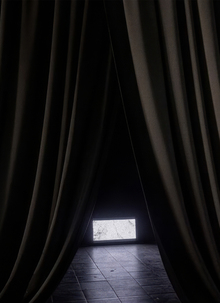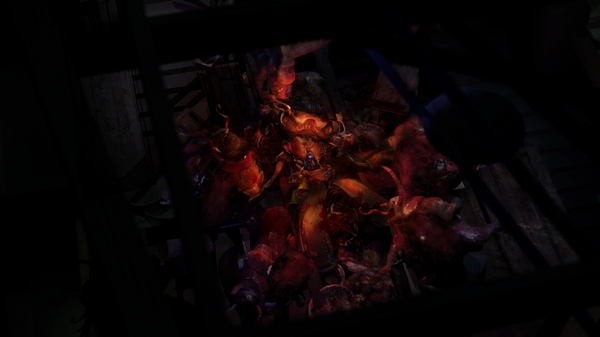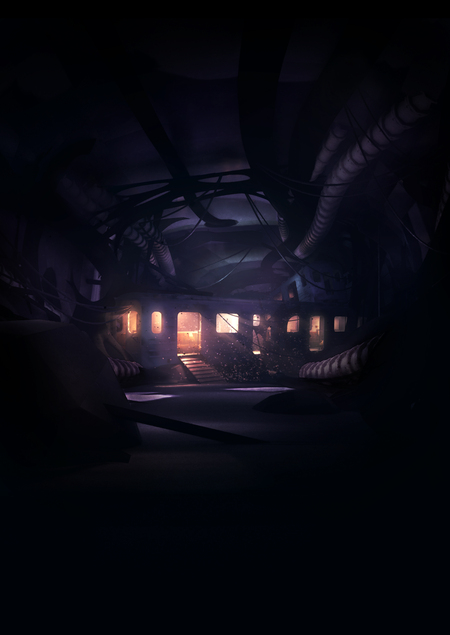
Andegraund Space
There aren’t many things in the world in which the loss of connections is reflected more clearly and narrowly than a space whose purpose, in the eyes of a rationally understanding entity, does not correspond to the way the entity perceives this space.
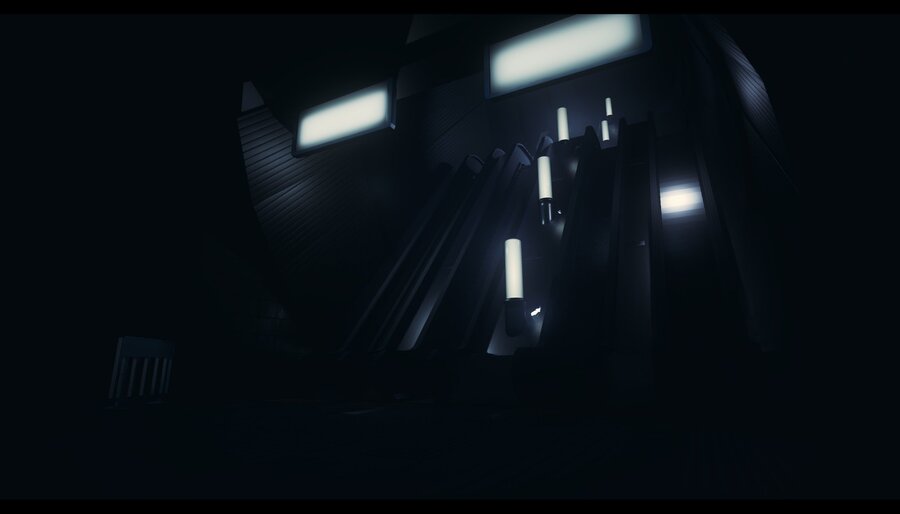
Such a violation is possible if the understanding of space, in the terms of Henri Lefèvre, a system of rules conceived and adopted, interrelationships and interrelationships, is in conflict with its «daily habitability», thus making its existence, according to Lefèvre, «spatial practices» equidistant from its constituent components.
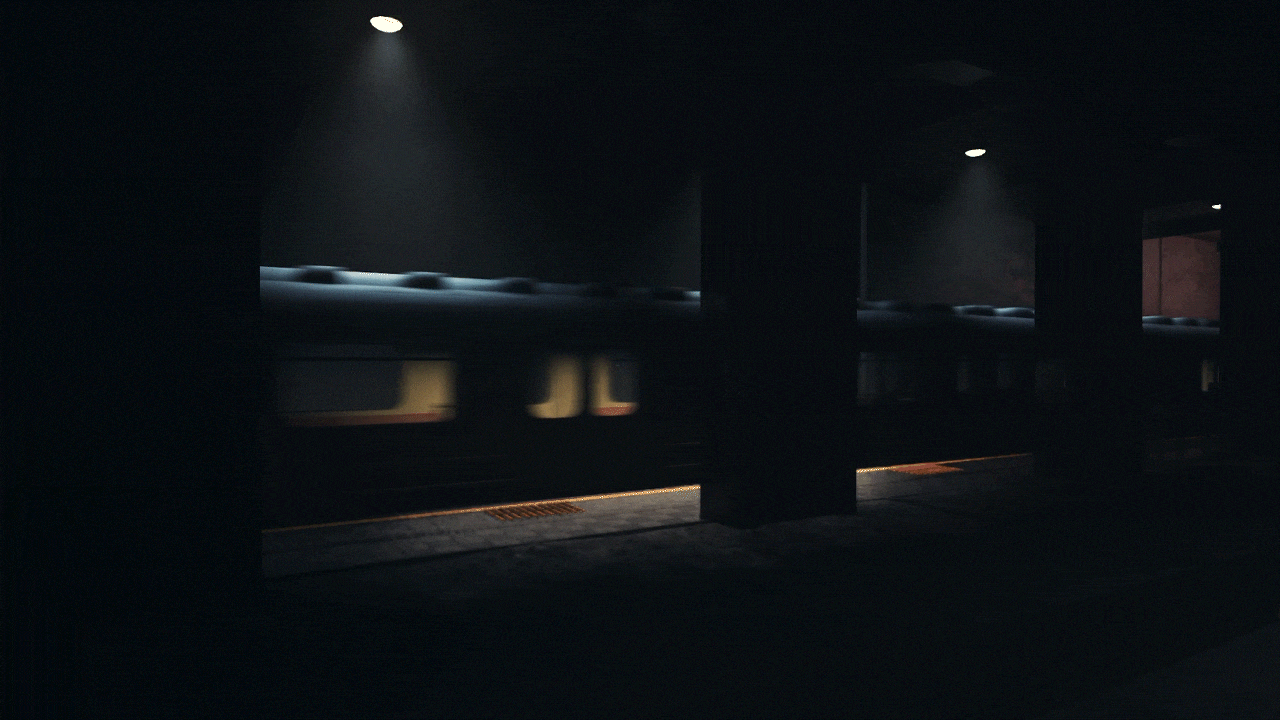
In the AndeGrand space, the links between the understanding and practice of a subway, of which transit is the central part of its design, are lost, a function of a space-to-state transition.
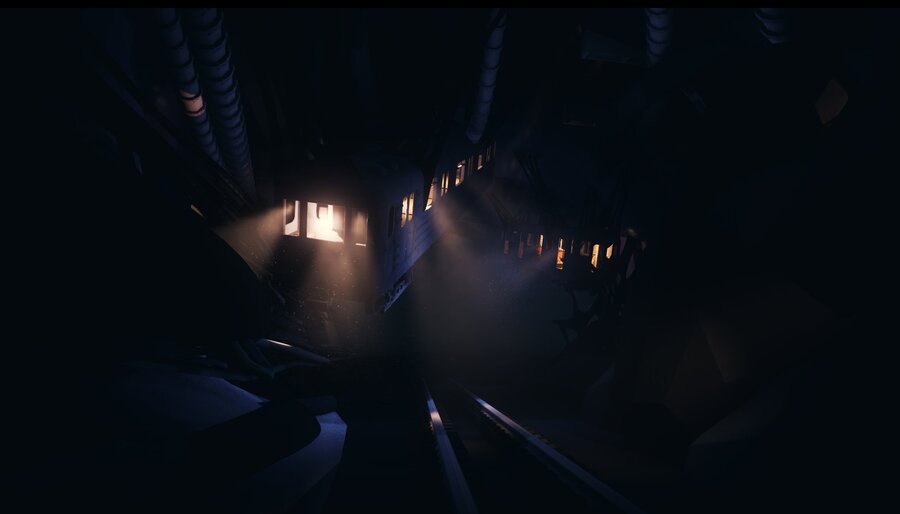
The rules for the use of this space, which violates AndeGrand, include both the division into authorized and prohibited areas and the inefficiencies of the entire system at night.
In addition, the basic principle of subway residency is the temporary presence of a large number of people, which, in the view of the unsub, is becoming an essential sign of it. On the contrary, the subway, which has no one in it, in Mark Fisher’s terminology, is a «miss waiting» and results in the loss of links between an objective reality, its expectations and its perception at a time.
«Andegraund» is a subway with no people present and stay is not short-term, but, in the absence of another reality, permanent.
Under the concept, AndeGrand is shown as an interactive VR application that fully concludes the visitor’s identity.
By placing a visitor in an unaffordable even imagination of the hidden subway sections, the project suggests what kind of entropy could lead to the destruction of the previously irreconcilable links between the subway’s design and its practice.
